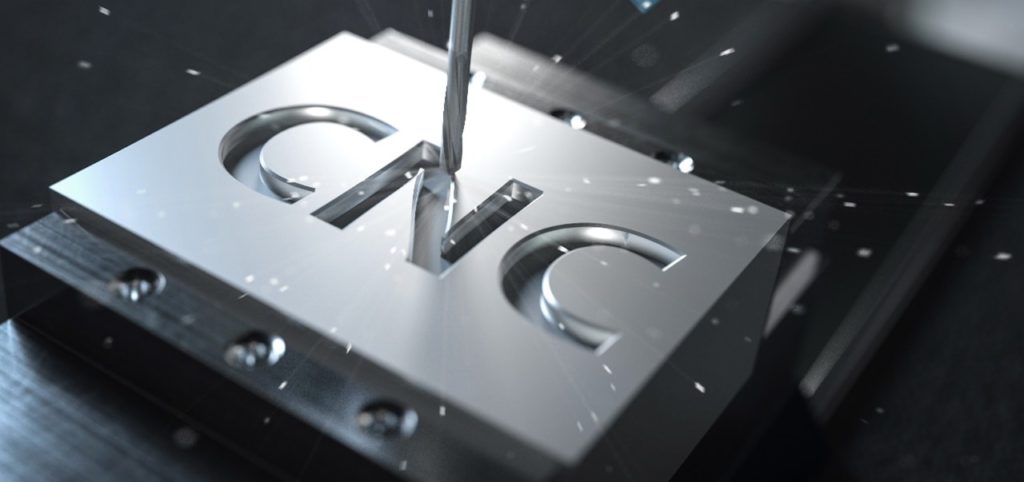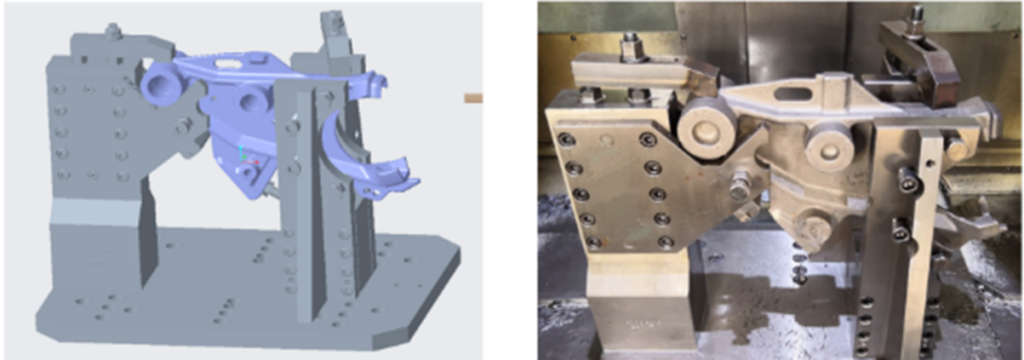Applications and Advantages of CNC Machining
Machining
Machining is a subtractive manufacturing process that uses specialized machines to remove material from a base material to produce a precision component, with specific geometry and surface finish requirements. Material removal is achieved by two primary processes: cutting (such as turning, milling, drilling) and abrasion (including grinding, honing, and lapping).
The combination of casting and machining allows the production of complex, lightweight and cost-effective parts. In many cases, welded fabrications can be redesigned as a single machined casting. The purpose of such a redesign is to reduce part weight, reduce labor or welding input, and reduce overall part costs.
Conventional vs CNC
Conventional (manual) machining has been around for well over a century. It relies on a highly skilled tradesperson (machinist or engineer) to setup and manually operate the machining equipment. Conventional machining is still used for producing prototypes, jigs and fixtures, and low volume production parts with simple geometry. CNC machines have replaced traditional lathes, mills, grinders and other equipment requiring manual operation.
CNC machining (computer numerical control) utilizes specialized, automated machines to perform machining operations. All functions of CNC machines are controlled by a built-in computer. Automation of the machining process is realized through CNC code, or programming. The machining engineer or programmer uses CAD/CAM software to generate alpha-numerical code sequences (programs) that control every aspect of the machine’s operation during the machining cycle.

Key benefits of CNC:
Precision and Accuracy - Precise and accurate production is a fundamental benefit of CNC machining. CNC machines provide consistent accuracy and repeatable positioning of multiple axes throughout the production run, regardless of volume. CNC machines are programmed to repeat the exact same sequence of cuts, in the exact same locations, every time. Implementing a robust machining process in combination with modern cutting tools, allows for feature locations and size tolerances within thousandths of an inch.
Increased Productivity - CNC machining provides increased production and efficiency. The machining process is automated. This allows the operator to perform other tasks during the cycle, if time permits, such as deburring, inspecting, packing, and possibly operating a secondary machine. Machine idle time is kept to a minimum, workflow is steady, throughput is increased. In addition, multiple design components can be machined at the same time, leading to even more flexibility and productivity.
Reduced Scrap - Improved quality and reduced scrap are inherent benefits of CNC machining. After the CNC program and associated tools have been proven to perform as intended, the CNC machine will produce the specific part consistently within tolerance, throughout the duration of the production run. This reduces scrap and drives cost avoidance by reducing the amount of rework, handling, inspection, and documentation related to dealing with scrap.
Safety - Employee’s safety is paramount to Accucam, the use of these types of machines reduces risk of injury on many levels. Most modern CNC machines have full enclosures around the working area of the machine, which is inaccessible during the machining operation and the cutting work is performed behind the machines reinforced enclosure. With very few exceptions, the machine operator is never in close proximity to sharp tools, moving parts or pallets, or rotating spindles. This contributes to a safer and less stressful workplace, leading to happier, healthier, and more productive employees.
Other advantages
- The use of top-level 3D software packages (CAD/CAM) can optimize component fixture layout in a virtual world, reducing the tooling costs associated with holding/fixture manufacture and to maximize the operating footprint available in each CNC machine.

- The ability to move in 3/4 axis at the same time increases the scope & complexity of component being manufactured, assisting the customer to overcome some of their own design obstacles.
- Setup time can be reduced by having fixed location points for the Fixtures programmed into the NC Program.
- Using standardized operating procedures for the production departments such as tooling lists, setup sheets for setting the fixture on the machine and loading Instructions for the operator to load the component blank the same way each time and stored NC programs with backups are all benefits of CNC machining that can not be maximized with conventional machining.
In summary, Accucam utilizes CNC machines to provide high quality parts with consistent results. In turn, this increases efficiency and productivity, while providing a safer work environment and reducing overall costs.
With a team of Process Design Engineers, CNC programmers and Machining Technicians working across Asia and North America, Accucam can offer solutions to customers with more intricate component designs while meeting customer demand. Your product success is our goal!
 Call Manufacturing
Call Manufacturing
